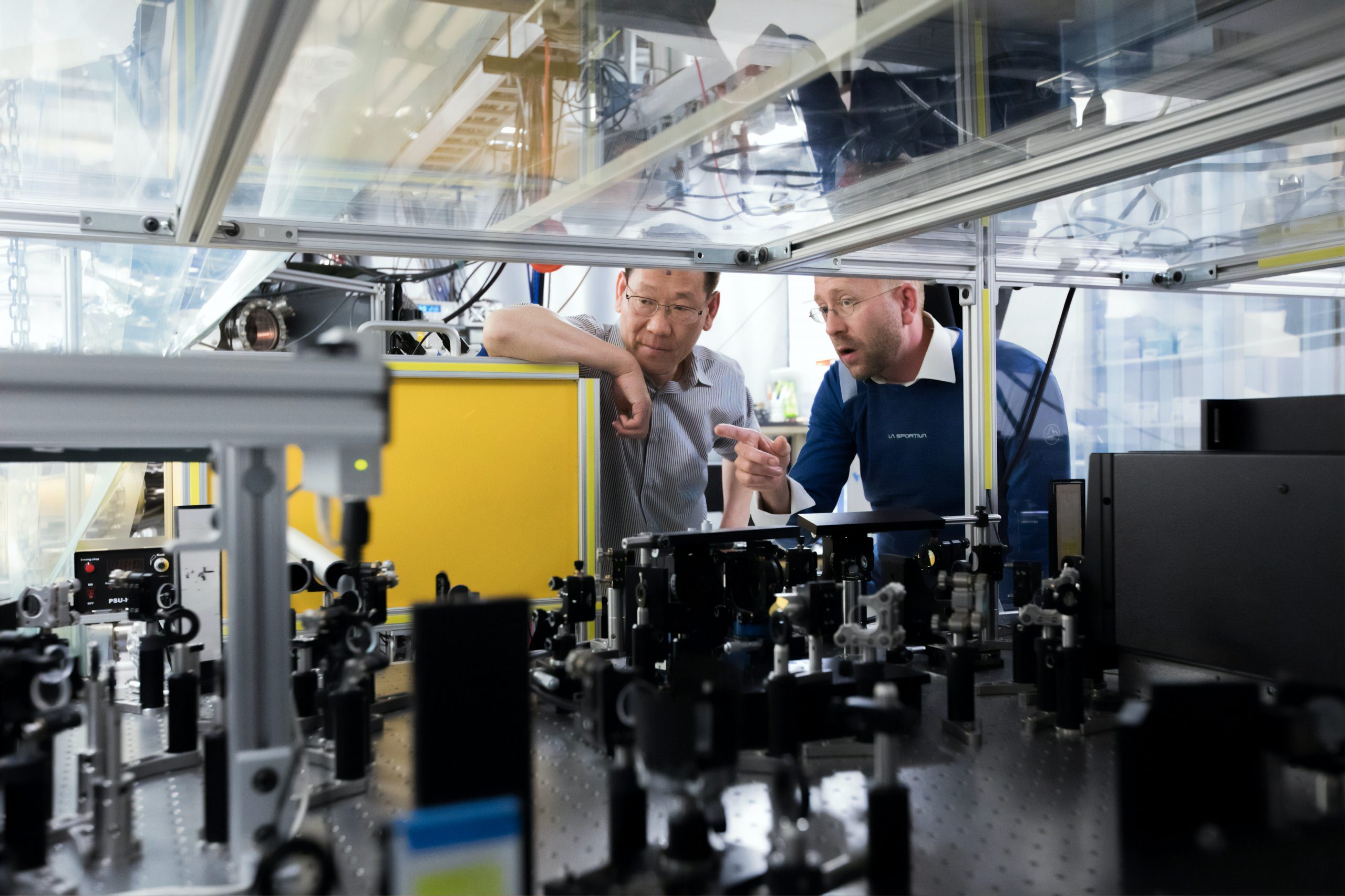Robots capable of simulating conversations can be a valuable resource for maintenance technicians and engineers working in the field.
Chatbots (from “chat” and “bot” for robot), these algorithm-based conversational agents that are all the rage in customer service, can prove highly useful for manufacturers. They enable engineers and technicians, who are sent to the field, to quickly retrieve information about the equipment they need to repair or replace.
With our expertise, we can reduce development time and improve the performance of these artificial assistants
“If a pipeline or transformer, say, is damaged, then while the technician or engineer is en route to the site, information on the type of equipment and nature of the problem is collected if the systems are fitted with sensors or connected devices that measure the health and performance of the asset,” explains Rudolf Bauer, manager of the Advanced Analytics and Cognitive Solutions Business Unit at Axians Austria.
This information is transmitted from the Cloud to the iPad, or similar device, of the technician upon request. “When they arrive on site, they start a conversation in their mother tongue with the chatbot, asking questions such as: What has happened with the equipment in the past few weeks? Is the spare part in stock? Is there potential danger?” says Rudolf Bauer.
“Smart advisors”
Of course, the point is not to inundate the technician with a stream of undifferentiated information, but to determine exactly what details match the situation. “It’s a new way of making maintenance tasks more effective. And if the assets in question are connected to the internet, you can even predict possible failures and initiate preventive tasks,” adds Rudolf Bauer.
“We call these chatbots ‘smart advisors’ to differentiate them from personal assistants like Amazon’s Echo system and Apple’s Siri, which tend to be used more in B2C situations,” he says.
Axians Austria uses software packages available on the market or in open source, and assembles them to create solutions that draw on machine learning and artificial intelligence. “With our expertise, we can reduce development time and improve the performance of these artificial assistants,” he concludes.





































